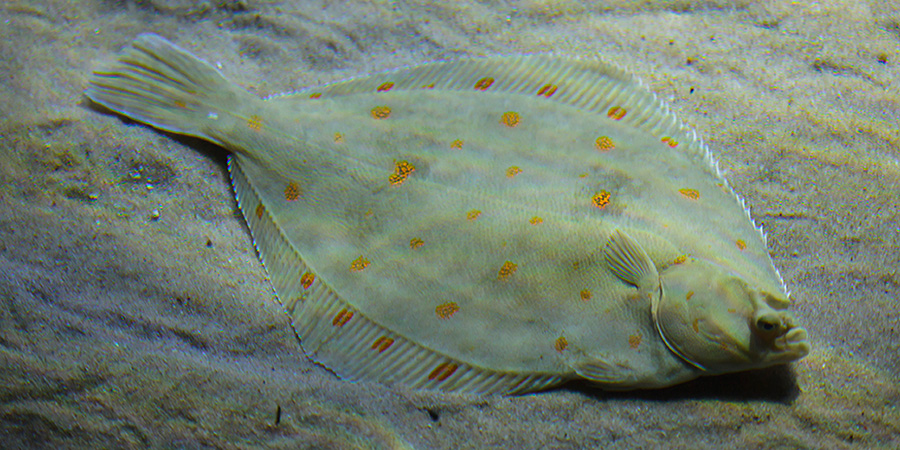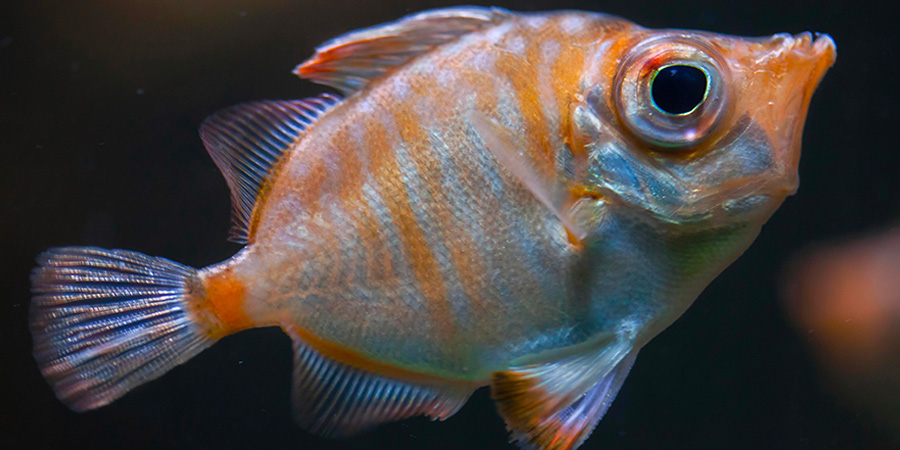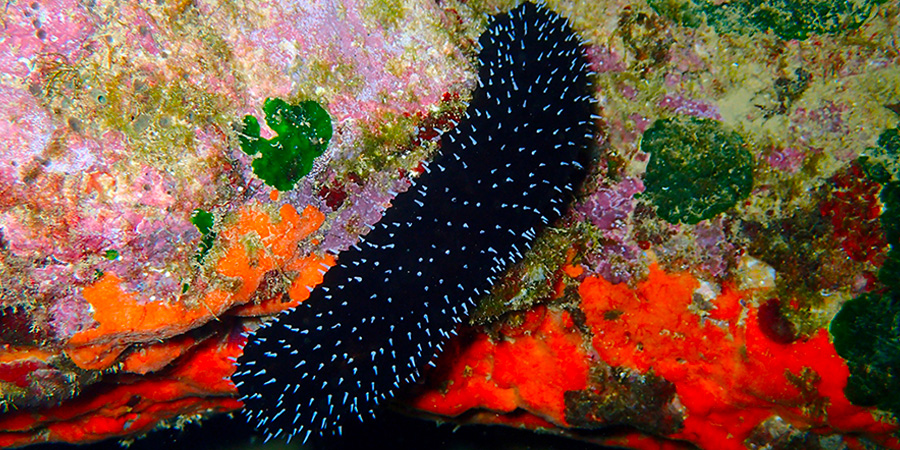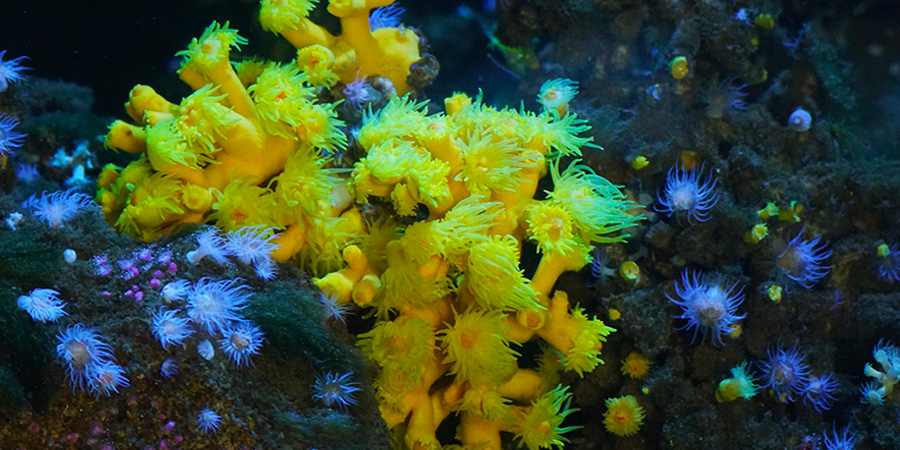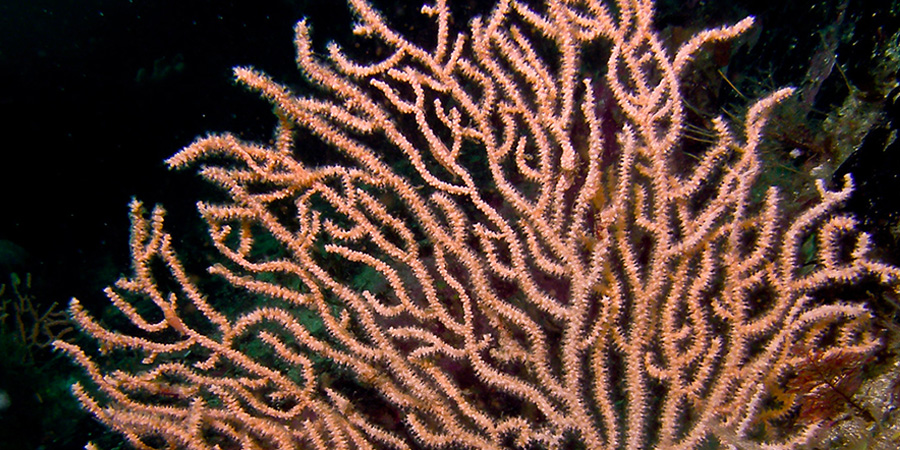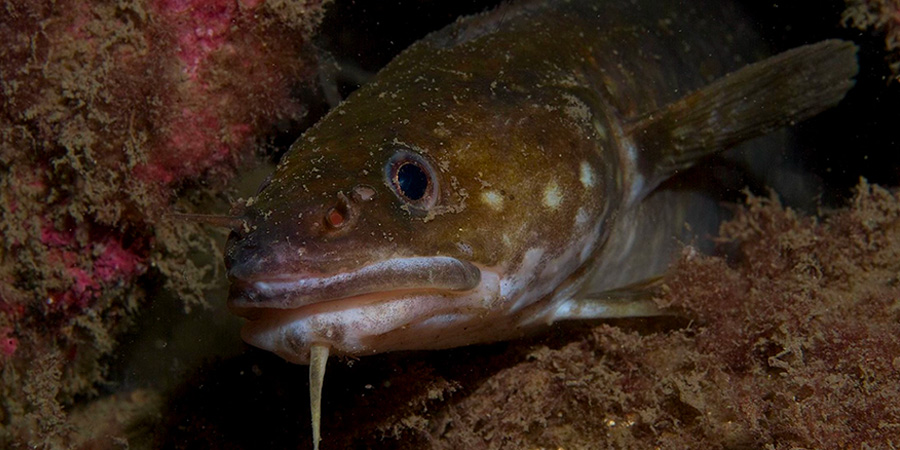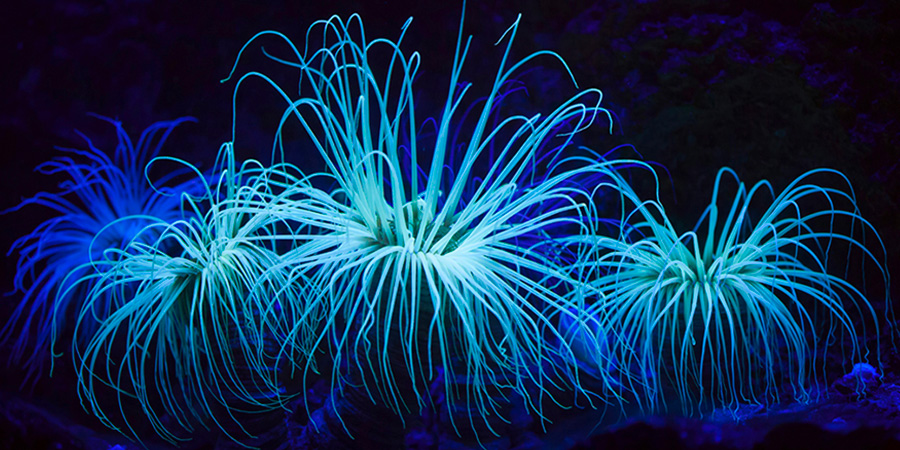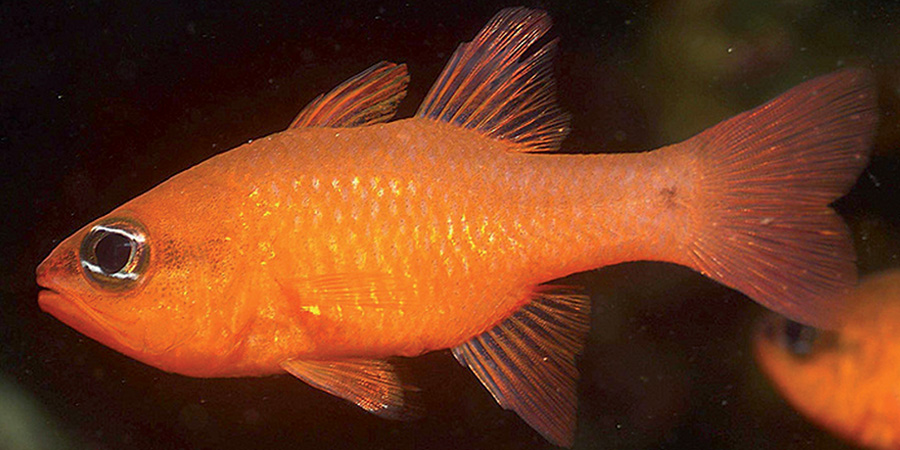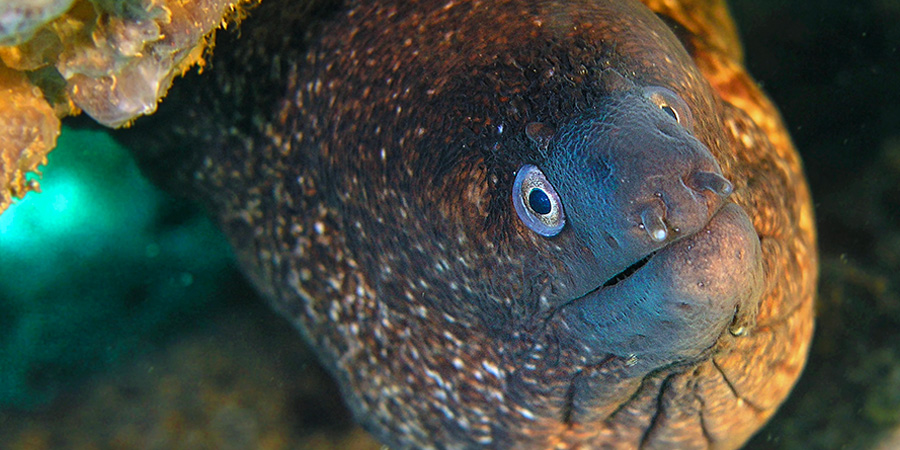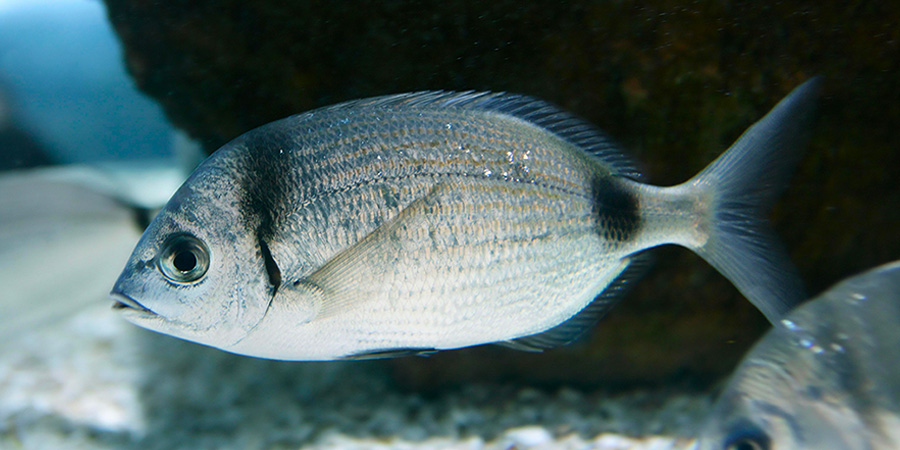
Scientific name : Diplodus vulgaris
Family : Sparidae
Size : Up to 45 cm
Distribution : Mediterranean and West African coasts
Biology : They are said to be successive hermaphrodites, meaning that they change sex during their lifetime. More precisely, they are known as protandrous hermaphrodites, as they start out as males and then transform into females.
IUCN status : Least concern

